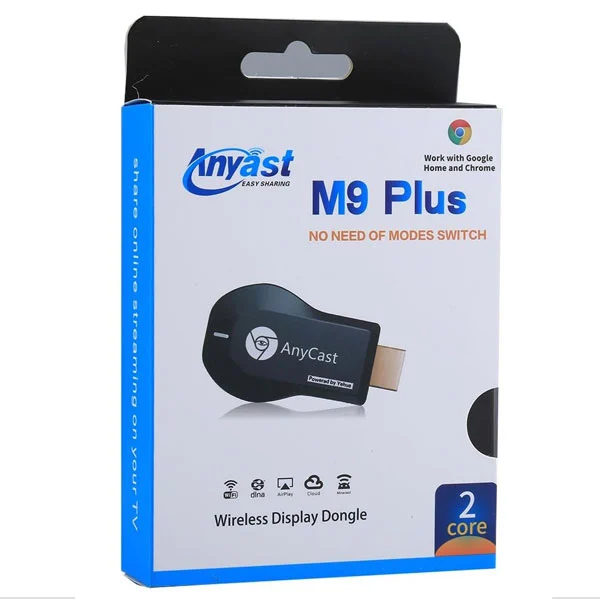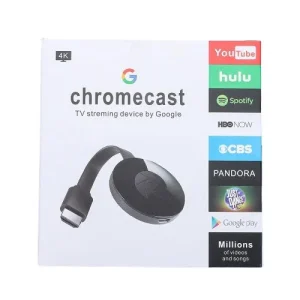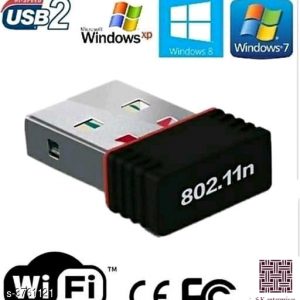Description
M9 Plus Wireless Display Dongle
What is an HDMI Wireless Display Adapter?
There are many reasons to go wireless. Here are a few situations where wireless streaming is an easy and convenient alternative to HDMI cables.
1. Improve engagement in classrooms and huddle rooms
Wireless streaming with HDMI has brought about a vital change in many educational institutions. Earlier, most institutions had projectors supporting S-Video. When the number of classrooms increased, the cabling became too difficult to handle. With the Bring Your Own Device (BYOD) trend growing worldwide, institutions started encouraging students to bring their laptops for presentations. The problem is that most of the newer laptops don’t come with a VGA port or an HDMI port, for that matter.
2. Showcasing a presentation to an audience in a conference room
This is more of a business application for streaming HDMI wirelessly. Until now, the main application for wireless streaming has been for home use, which means there are plenty of consumer products out there. However, new wireless solutions are arising in the market dedicated to business users as well. Imagine you’re meeting with a coworker or client and need to share a presentation or other work document on your computer.
Instead of making everyone huddle around your laptop screen, you can showcase your work on a larger TV screen or projector at your office auditorium. Everyone will see the presentation, making it easier for them to connect with you and understand your ideas.
3. You want to get rid of all the cables
This situation can attract many takers since the whole point of wireless streaming with HDMI is to reduce the cable clutter. Everyone wants their environment to look inviting, whether in their living room at home or their meeting room at work. The increasing number of cables doesn’t make it any easier to keep a clean space. Wireless streaming with HDMI is an intuitive and innovative solution that helps you keep everything organized without the hassles of multiple cables.
Plug the Miracast dongle into the TV’s HDMI port and switch the TV to the correct input source.
↓
Connect the wifi cable (micro USB head) to the Miracast dongle. Plug the USB cable into an external USB power adapter(the power adapter is not included).
↓
After connection, the connection page shows up on your display now.
Setup on your iPhone/iPad/Mac
Step 1. Connect Miracast DONGLE in the Wi-Fi setting on the iPhone
Step 2. Go to Safari and input 192.168.68.1 to come to the setting menu
Note: In the settings menu, you can connect your home wifi here by clicking “Internet” and Choosing your home wifi to connect. Once connected, there is no need to reconnect again. Also, language, Miracast password, and Resolution can be changed by yourself on the settings page.
Step 3. Open the Control Center on your iPhone, go to Airplay mirroring, and select the Miracast dongle to start mirroring.
Connection Miracast Dongle on Android Devices
Step 1. Press the button on the dongle to switch to Android mode
Step 2. Find Miracast(wireless display/smartview/play to, etc) on your Android device, and pair it with Miracast to start the mirror.
Note: If you need more clarification about Miracast, you can download our EZMira app and pair it with a Miracast dongle to mirror directly.




Reviews
There are no reviews yet.